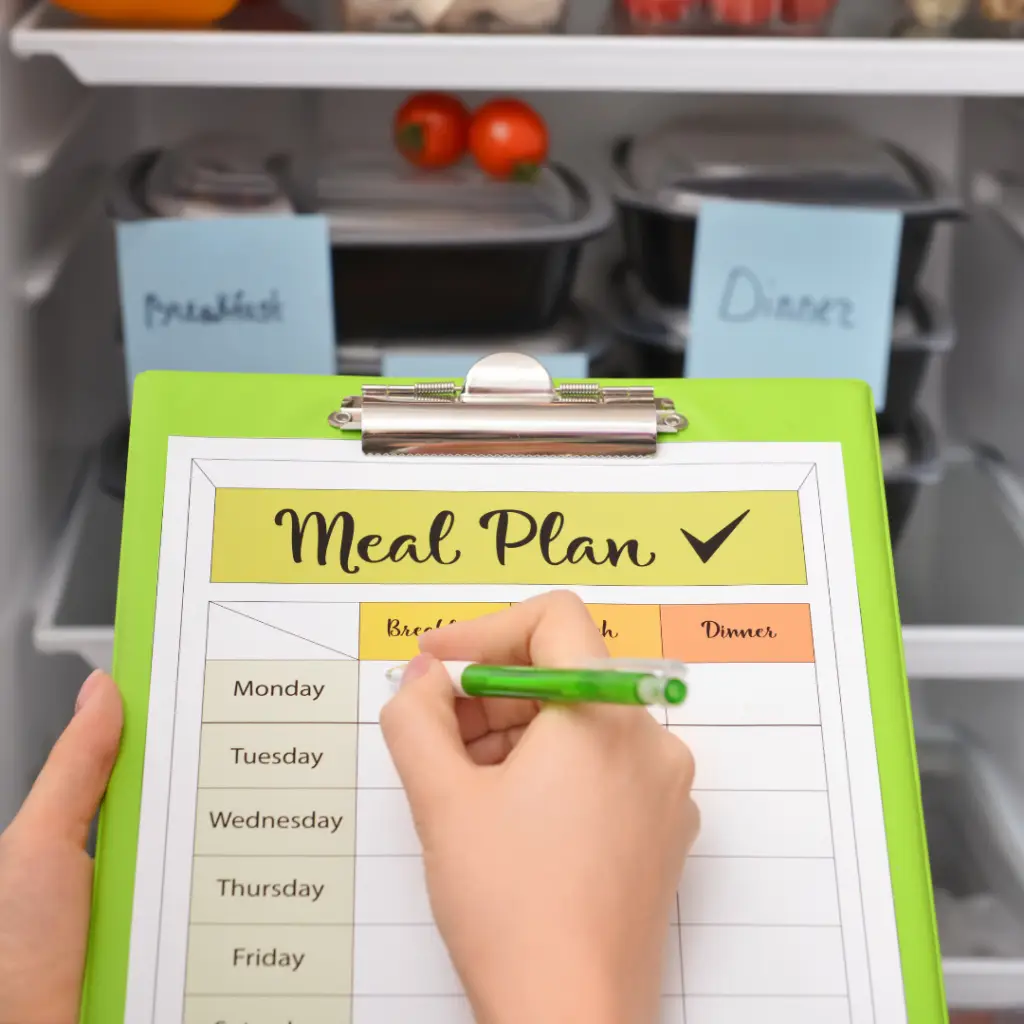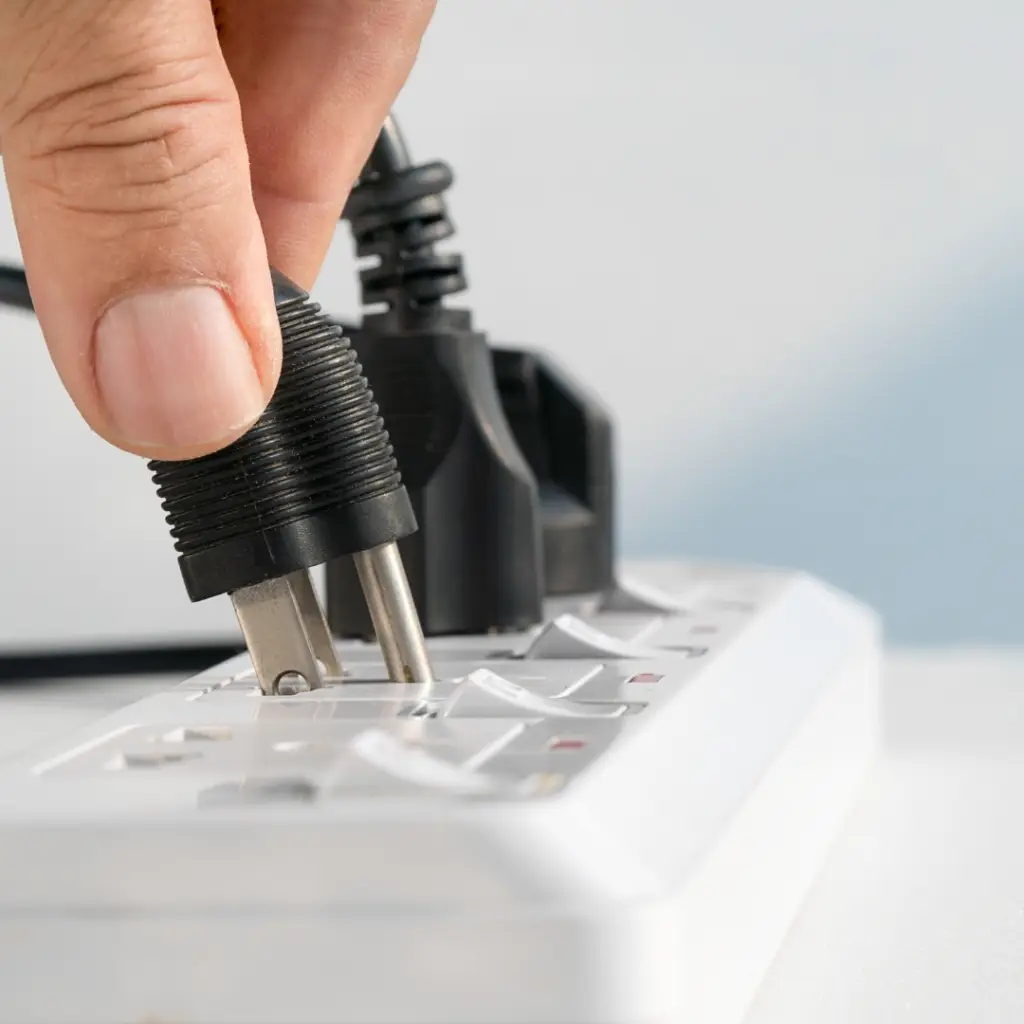In today’s world, everything seems to come with a price tag. But does it have to be this way? Not necessarily. You’d be surprised by how much you can save with a few simple tweaks to your daily routine. Cutting costs doesn’t mean you have to sacrifice quality of life—far from it. It’s about being smarter with how you spend your money.
Whether you’re looking to save a little extra for an emergency fund, pay down debt, or just feel more in control of your finances, these simple life hacks will help you start cutting costs today.

1. Meal Planning: Your Wallet’s Best Friend
We all know that eating out can be a huge money drain. But even grocery shopping without a plan can lead to unnecessary spending. Enter: meal planning. This strategy helps you know exactly what you need to buy (and avoid impulse purchases) while ensuring you make the most of what’s already in your pantry.
Here’s how to get started:
• Plan meals for the week: Start by selecting recipes that use ingredients you already have and shop for the rest.
• Batch cook: Make larger portions so you can have leftovers for lunch or even freeze extra meals for later. This minimizes food waste and saves time.
• Shop with a list: According to a report from the Food Marketing Institute, people who shop with a list spend less than those who don’t. Stay focused and avoid those tempting end-of-aisle displays!
Meal planning is not only great for saving money, but it can also help reduce food waste, which is a win-win. According to Love Food Hate Waste, meal planning can help families save up to $1,500 a year by cutting down on unnecessary purchases and food spoilage.

2. DIY Household Cleaners (Goodbye Expensive Brands)
If you’ve ever taken a walk down the cleaning aisle, you know those bottles can really add up. But here’s a secret: homemade cleaners can be just as effective (if not better) and come at a fraction of the cost.
Simple DIY cleaning solution:
• All-Purpose Cleaner: Mix equal parts white vinegar and water with a few drops of essential oil for scent. It’s perfect for countertops, windows, and more.
• Baking Soda: This natural deodorizer and scrubber can tackle everything from smelly carpets to a clogged drain.
The best part? These ingredients are often already in your home. According to Good Housekeeping, DIY cleaners can cut your cleaning costs by as much as 90%.
3. Cancel Unused Subscriptions
We’ve all been there. You sign up for a streaming service free trial and, before you know it, months later you’re still being charged even though you hardly use it. The average American spends over $200 a month on subscription services they’re not using, according to a survey from West Monroe Partners.
How to streamline your subscriptions:
• Take inventory: Review your bank and credit card statements. Identify subscriptions you no longer use or barely use.
• Cancel and replace: Ditch the underused services and stick to the ones you genuinely enjoy. Can’t live without Netflix or Spotify? That’s okay! Just make sure you’re actually using them.
• Consider shared accounts: Many streaming services offer family or group sharing plans. If it’s an option, split the cost with friends or family.
You can use services like Truebill or Trim to automatically track and cancel unused subscriptions, which can help you avoid sneaky monthly charges.

4. Unplug and Save on Energy Bills
Even when your devices are off, they could still be using power. These so-called “energy vampires” can add to your electricity bill without you realizing it. According to the U.S. Department of Energy, idle electronics like TVs, chargers, and microwaves can account for as much as 10% of your electricity use.
How to stop energy vampires:
• Unplug unused devices: Chargers, computers, and game consoles can be unplugged when not in use.
• Use a power strip: Group devices together and turn them off with one switch when you’re not using them.
• Smart plugs: These allow you to set a schedule for when devices get power, so you’re not wasting electricity while they’re not in use.
Energy.gov offers additional tips on how to reduce energy use in your home, which can translate to savings on your electricity bill.

5. Thrift and Second-Hand Shopping
Why pay full price when you can find gently used items at a fraction of the cost? Thrift shopping is a fantastic way to cut down on expenses for clothing, furniture, and even electronics. Plus, shopping second-hand is more sustainable—so your wallet and the planet will thank you.
Where to find great deals:
• Local thrift stores: Whether it’s a Goodwill, Salvation Army, or a small local shop, there are treasures to be found.
• Online thrift shops: Websites like Poshmark and ThredUp allow you to buy and sell second-hand clothes online.
• Garage sales and Facebook Marketplace: Great for finding inexpensive furniture, appliances, or other household items.
According to the National Association of Resale Professionals (NARTS), consumers save up to 50% or more on their purchases by buying used.

6. Use Cashback Apps and Rewards
If you’re going to spend money, why not get some of it back? Cashback apps and credit card reward programs are an easy way to earn while you shop. Whether it’s grocery shopping, filling up your gas tank, or buying clothes online, these apps give you a small percentage back on every purchase.
Top cashback apps:
• Rakuten: Earn cashback on purchases made through their site or browser extension. It also offers deals and discounts at thousands of retailers.
• Ibotta: Ideal for grocery shoppers, Ibotta offers rebates on everyday purchases. Just upload your receipt and get cashback.
According to NerdWallet, using cashback apps and reward programs can help you save hundreds of dollars a year, especially if you strategically combine them with other discounts or promotions .
7. Cut Your Cable (Hello Streaming)
Cable TV is expensive—and let’s be honest, how often are you really watching all those channels? The average cable package in the U.S. costs over $200 per month, but switching to streaming services could save you hundreds each year. With so many affordable streaming options available, it’s easier than ever to cut the cord.
Best streaming alternatives:
• YouTube TV: A great cable replacement that offers live channels without the high cost of cable.
• Hulu, Netflix, Disney+: These provide a variety of on-demand shows, movies, and original content.
• Free streaming options: Sites like Tubi and Crackle offer free streaming with ads, making them excellent options for anyone looking to save even more.
Switching to a streaming service can save you an average of $1,200 annually according to a report from Cord Cutters News .
Final Thoughts: Start Saving Today
You don’t need to overhaul your entire life to start saving money. Sometimes, the smallest changes can make the biggest difference. By using these simple life hacks, you can cut costs today and build better financial habits for the future. Whether it’s meal planning, unsubscribing from those sneaky subscription services, or simply using less energy, you’ll start seeing the impact in your wallet.
The key is to take it step by step. You don’t have to implement everything at once. Start with the hacks that are easiest for you to adopt and build from there. Before long, you’ll not only be saving more money, but you’ll also feel more in control of your finances. And who knows? You might even enjoy the challenge of finding new ways to cut costs.



